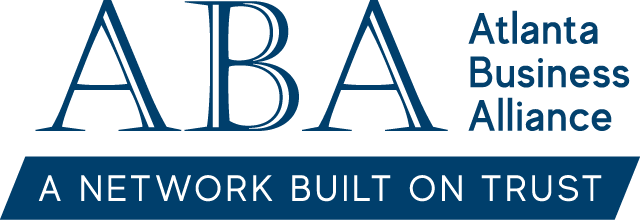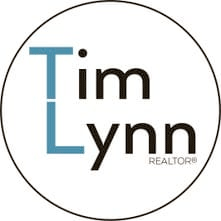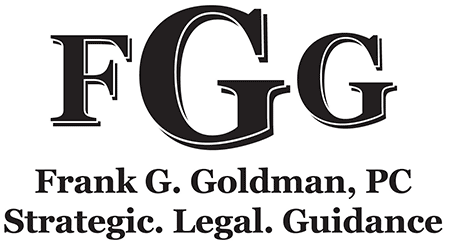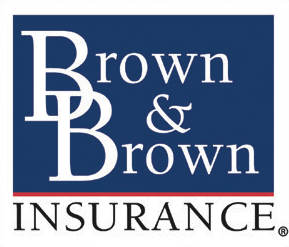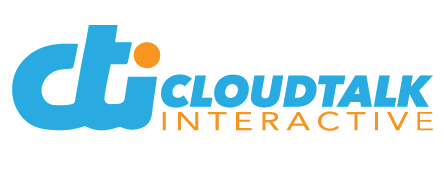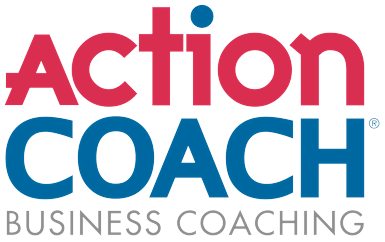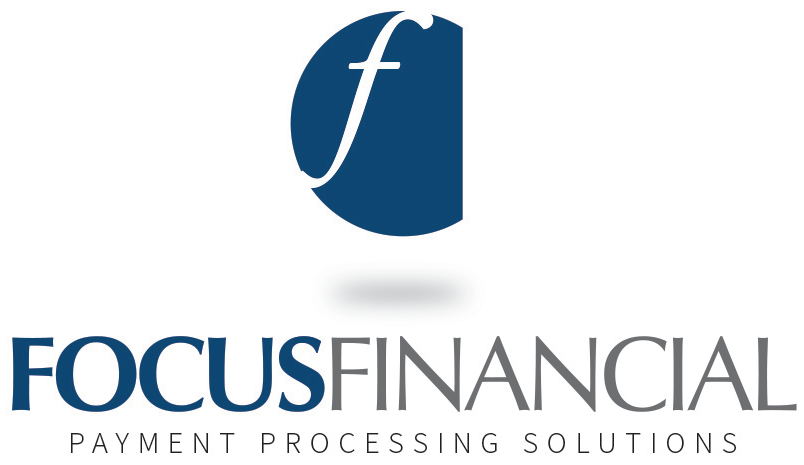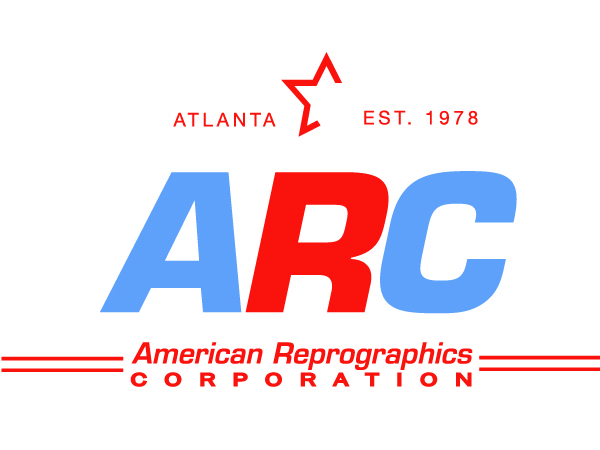Mortgage loans for people who own rental properties are more complicated to process because the lender has to consider the obligations related to each property owned by the borrower. Here are some important things to know:
Will The Lender Even Consider My Application?
One hurdle some people have to jump through is that some lenders will only consider applications for people who own up to a certain number of properties or in some cases, properties that are mortgaged. This is one reason it is important to work with a mortgage broker that has access to many different lending sources. Some lenders are more lenient regarding this rule depending on whether you are trying to refinance your primary residence, your secondary residence or your rental property (also known as investment property or non-owner occupied property). Most lenders will not be concerned with the number of properties you own if you are refinancing your primary residence, but there are some that have a limit of four financed properties, regardless of which property is being refinanced. Another consideration is the type of property. For example, many lenders will not finance condominiums that are being used as rental property.
How Lenders View Your Property Obligations
The guidelines are slightly different for purchases versus refinances, but in general, the total obligation of the property is determined as follows: principal and interest on the proposed loan plus the prorated monthly amount of property taxes, homeowner’s liability insurance (and flood insurance, if any) and any required homeowners’ association fees. If you can qualify for the loan without consideration of any rental income, many lenders will not require any additional documentation. Most lenders, however, will want to see your entire Federal income tax return for one or sometimes two years. They will review Schedule “E” to determine the income or loss from your property. There are two methods lenders use, but the most common one is adding the depreciation expense on line 20 to the income or loss number on line 22 for that property. Of course, if you purchased the property since you filed your last tax return, the lender will take 75% of your monthly lease payment and subtract the total obligation in order to determine the income or loss. For properties with no mortgage, the same analysis applies because there is still property tax, insurance and sometimes a homeowners’ association obligation.
How Can I Make the Process Easier?
Simply staying organized will save you a great deal of time. A spreadsheet with certain details, for example, will make the process run more smoothly. I can provide you a template if you e-mail me at mfrank@americanunitedmtg.com. In addition, here is a list of what is generally required for each property in addition to the tax returns: signed lease, mortgage statement for each property, property tax bill, homeowner’s insurance declaration page and homeowners’ association bill (or contact information for the homeowners’ association).
Author bio: Michael Frank is a senior loan officer with American United Mortgage Corp. and is a licensed mortgage loan originator in Georgia, Florida, Tennessee, Colorado, Maryland and Virginia (NMLS #157300). He has nearly ten years of experience in originating conventional, government and jumbo loans. Prior to entering the mortgage business, Michael was president of a small business for eleven years and spent six years in the commercial and investment banking businesses. He has a B.B.A. from Emory University and an M.B.A. from Columbia University and has lived in the Atlanta area for nearly thirty years. He can be reached at 770-518-2438 extension 1194 or via email at mfrank@americanunitedmtg.com .
